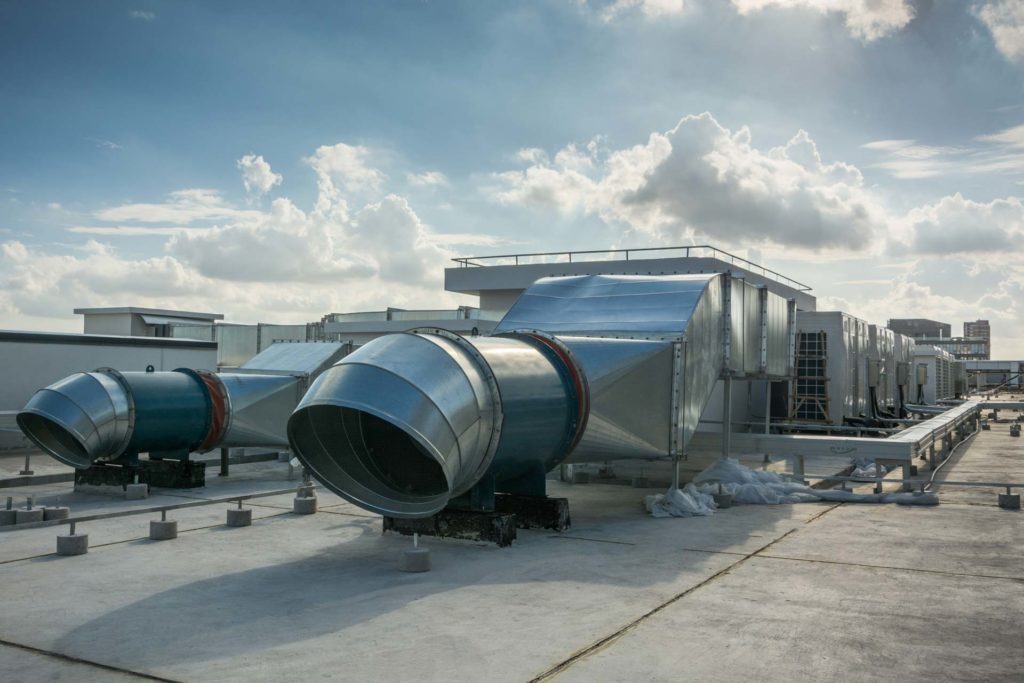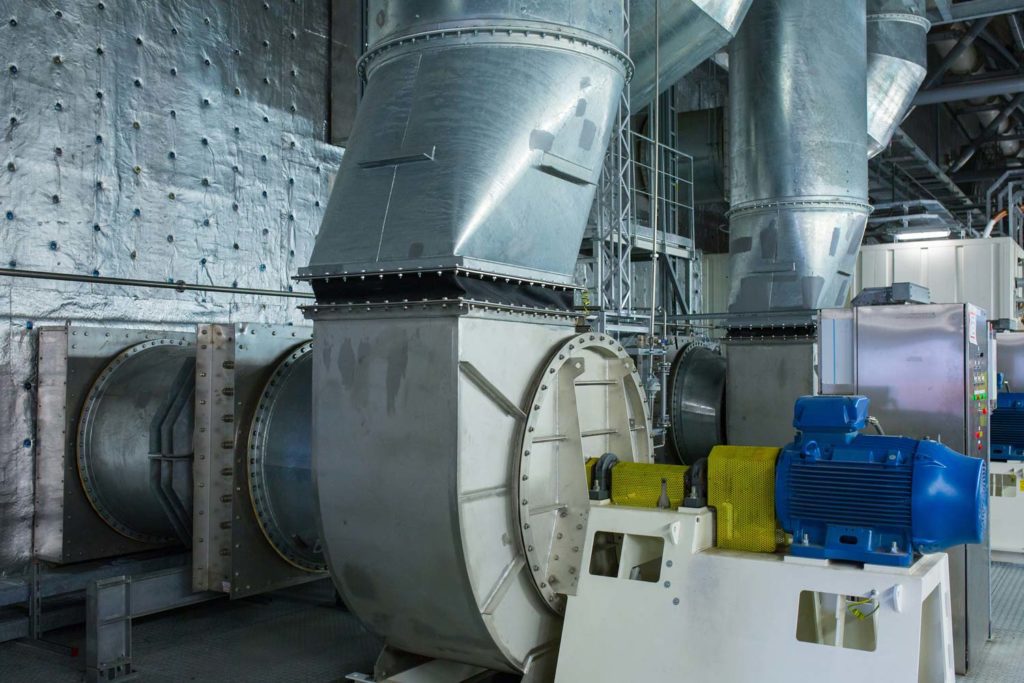originally published September 2021 – updated July 2025
If you manage industrial equipment or operate in a facility with heavy dust generation, controlling airborne particulates is essential. That’s where a baghouse system comes in.
Baghouse dust collectors are designed to improve air quality, protect machinery, and help your operation stay compliant with environmental regulations. In this guide, we’ll break down how a baghouse works and what makes it such a reliable solution for industrial air filtration.
What is a Baghouse Dust Collector?
A baghouse dust collector is an air filtration system that captures and removes airborne dust using long, tubular fabric filters, commonly referred to as filter bags. These filters are arranged vertically inside a sealed housing and are designed to trap particles as air moves through the system.
Here’s how it works:
- Dust-laden air enters the collector and flows over the filter bags.
- Dust collects on the bags’ exterior while clean air passes through the fabric.
- The clean air is then either recirculated inside the facility or safely exhausted outside.
By capturing dust before it settles, baghouse collectors help facilities maintain better air quality, reduce equipment wear, and comply with health and safety standards.
Types of Baghouse Filter Cleaning Systems
To keep a baghouse operating efficiently, filters need to be cleaned regularly. There are a few ways to remove built-up dust from the filter bags, depending on the system design:
- Pulse Jet: Uses bursts of compressed air to knock off dust without interrupting operation.
- Shaker: Mechanically vibrates the bags to release particulates.
- Reverse Flow: Blows air in the opposite direction to gently loosen dust.
Each cleaning method affects how often maintenance is required and how long your filters will last, but all serve the same core function: maintaining strong airflow and ensuring your system remains compliant.
Choosing the Right Filtration System: Baghouses vs. Cartridges
When comparing dust collection options, two of the most common solutions are baghouse systems and cartridge collectors. The right choice depends on your application, but getting it wrong can create performance issues, increased wear, and compliance failures.
Here’s how to think about it so that you make the best choice for your facility:
- Baghouse filters typically handle larger volumes of dust and perform well in harsh environments with high temperatures or heavy particulate loads.
- Cartridge systems are more compact and often used for finer dust in low to moderate-volume applications.
Choosing between them isn’t just about specs. It’s about your facility’s unique process, dust type, regulatory environment, energy usage, and long-term maintenance goals.
Even factors like humidity, uptime requirements, and available floor space can influence the best fit.
At Baghouse America, we bring over 20 years of hands-on experience helping operations like yours find the right fit. Whether you’re upgrading an existing system or starting fresh, we’ll help you identify the best solution based on real-world use, not guesswork.
How Does a Baghouse Work in Demanding Environments?
Baghouse dust collectors are designed to operate under the most demanding industrial conditions. From sticky particulates to high-temperature operations, here’s how baghouse systems keep your facility running clean and compliant.
Longer Filter Life Means Fewer Replacements
The flexible fabric filters used in baghouse systems are designed for durability and longevity. Unlike cartridge filters, which can clog or degrade quickly in heavy-dust settings, bag filters are easier to clean and more resistant to damage over time, saving you from frequent replacements.
Better for High-Temperature Processes
Many industries deal with extreme heat. Baghouse filters can handle temperatures well above 250°F, making them a wise choice for asphalt plants, foundries, and other high-heat environments where cartridge filters would fail.
Built for Heavy Dust Loads
If your facility generates a significant volume of dust, you need a system that can keep up. Baghouse systems are engineered for continuous operation under heavy load conditions, without compromising airflow or filtration performance.
Handles Sticky or Adhesive Materials
Certain dust types, such as those from food, chemicals, or plastics, can cling to filter surfaces. Baghouse filters are better equipped to release these sticky particulates during cleaning, reducing clogging and improving system efficiency.
Choose the Right Baghouse Dust Collection System for Your Facility
With over 20 years of hands-on experience, Baghouse America designs, manufactures, and installs dust collection systems built to perform, both indoors and outdoors, in the most demanding environments.
Whether you need a new baghouse, a cartridge system, or replacement filters, we’ll help you choose the correct setup for your application and budget.
Contact our team today for expert recommendations backed by real-world knowledge and proven results.

